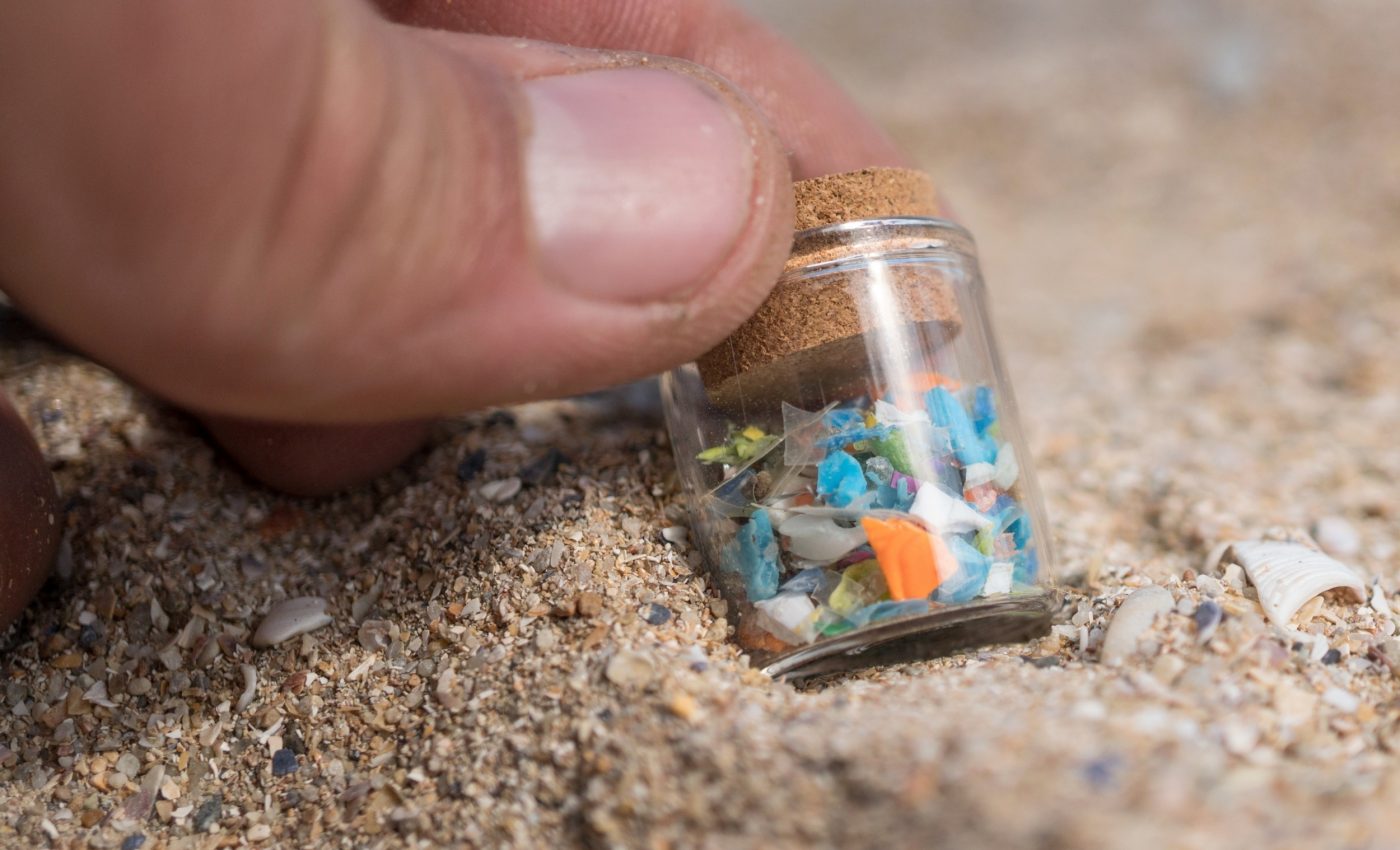
Floating ocean plastic will take more than a century to disappear
The ocean looks calm, but its surface hides a stubborn truth. Plastic waste does not vanish. It drifts, breaks apart, and refuses to leave.
Scientists from Queen Mary University of London have now shown that some floating plastics could take more than a hundred years to disappear.
The team’s new model explains how plastics move from the surface to the seafloor and why this process crawls forward at a painfully slow pace.
How plastic moves in oceans
The study, published in Philosophical Transactions of the Royal Society A, combines chemistry, physics, and ocean science. It links the breakdown of large plastic pieces with their slow descent into the deep.
The team worked with HR Wallingford and used a single particle of polyethylene to represent floating waste.
The particle began its life at the surface, where sunlight, salt, and waves started to grind it down. With time, it released smaller bits called microplastics.
Only the tiniest fragments – smaller than a grain of sand – could finally sink with marine snow, the sticky organic material that drifts through the sea.
Why plastics persist
The model shows just how stubborn this process is. Even if every plastic-producing factory shut down today, the ocean would not recover quickly. Fragments from older waste would keep breaking off for a century or more.
“People often assume that plastic in the ocean just sinks or disappears. But our model shows that most large, buoyant plastics degrade slowly at the surface, fragmenting into smaller particles over decades,” said Dr. Nan Wu, the paper’s lead author.
“These tiny fragments can then hitch a ride with marine snow to reach the ocean floor, but that process takes time. Even after 100 years, about 10 percent of the original plastic can still be found at the surface.”
Ten percent may sound small, but it represents a lasting source of new microplastics. Every floating piece releases smaller ones that keep the problem alive.
Plastic’s 100-year journey
The model ran for a full simulated century. During that time, the 10 mm plastic particle lost almost all its mass. Yet a thin layer of residue stayed afloat, feeding the ocean with more microplastics.
The research revealed that the breakdown rate – not sinking – is what controls how long plastic lasts. Faster degradation means faster removal, but real-world plastics rarely degrade quickly.
The team found that smaller fragments could stick to marine snow, sink for a while, detach, and then float back up. This cycle repeats over and over. Some fragments reach the seafloor in months, while others keep moving through the upper layers.
The model tracked these endless loops and found that even after a century, the ocean surface still held fragments of the original piece.
Where plastic hides in oceans
Scientists have long noticed that the amount of floating plastic seen in the ocean does not match the amount entering it. The new study explains why. A lot of plastic hides in smaller forms or moves to depths beyond easy observation.
“This is part of our wider research that shows how important fine and sticky suspended sediments are for controlling microplastic fate and transport,” said Professor Kate Spencer, co-author and project supervisor.
She noted that microplastic pollution is an intergenerational problem and our grandchildren will still be trying to clean up our oceans even if we stop plastic pollution tomorrow.
Decades of plastic transformation
Marine snow plays a quiet but powerful role in cleaning the ocean. It forms when plankton, dust, and waste stick together and fall slowly through the water. The new model shows that microplastics hitch rides on this falling material.
Some reach the deep sea, but many do not stay there for long. When the sticky snow breaks apart, microplastics float up again. They repeat the journey countless times before settling for good.
Professor Andrew Manning, principal scientist at HR Wallingford, said the study helps explain why so much of the plastic we expect to find at the ocean surface is missing.
“As large plastics fragment, they become small enough to attach to marine snow and sink. But that transformation takes decades,” said Manning.
“Even after a hundred years, fragments are still floating and breaking down. To tackle the problem properly, we need long-term thinking that goes beyond just cleaning the surface.”
Future ocean risks
The model also warns of a new risk. As plastic production rises, microplastics may start to overwhelm marine snow.
When that happens, the ocean’s biological pump – the system that moves carbon and nutrients downward – could slow down. The consequences would reach beyond pollution, affecting how the ocean stores carbon and supports life.
The researchers hope to combine this model with larger ocean circulation data to predict where microplastics go globally. Such predictions could guide cleanup plans and help locate pollution hotspots.
The team also makes one thing clear: removing plastic from the ocean surface is not enough. Stopping it at the source matters most.
The study is published in the journal Philosophical Transactions of the Royal Society A: Mathematical, Physical and Engineering Sciences.
—–
Like what you read? Subscribe to our newsletter for engaging articles, exclusive content, and the latest updates.
Check us out on EarthSnap, a free app brought to you by Eric Ralls and Earth.com.
—–













